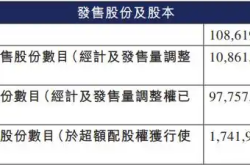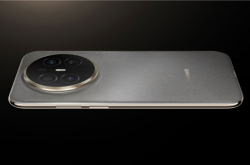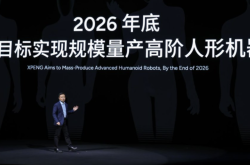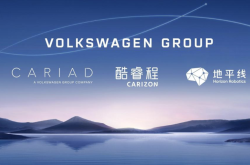Audi: A Strategic Pause in the Race to Electrification
![]() 06/25 2025
06/25 2025
![]() 716
716
Audi's recent decision to ease off the accelerator on full electrification is not a sign of surrender; it's a strategic recalibration.
On June 18, Audi's global CEO, Markus Duesmann, announced that the previously stated goal of phasing out internal combustion engine vehicles by 2033 would no longer be an absolute mandate. Simultaneously, it was revealed that from 2024 to 2026, Audi would introduce a new generation of gasoline vehicles and plug-in hybrids.
This shift signifies a move from a singular path towards full electrification to a multi-powertrain parallel development strategy.
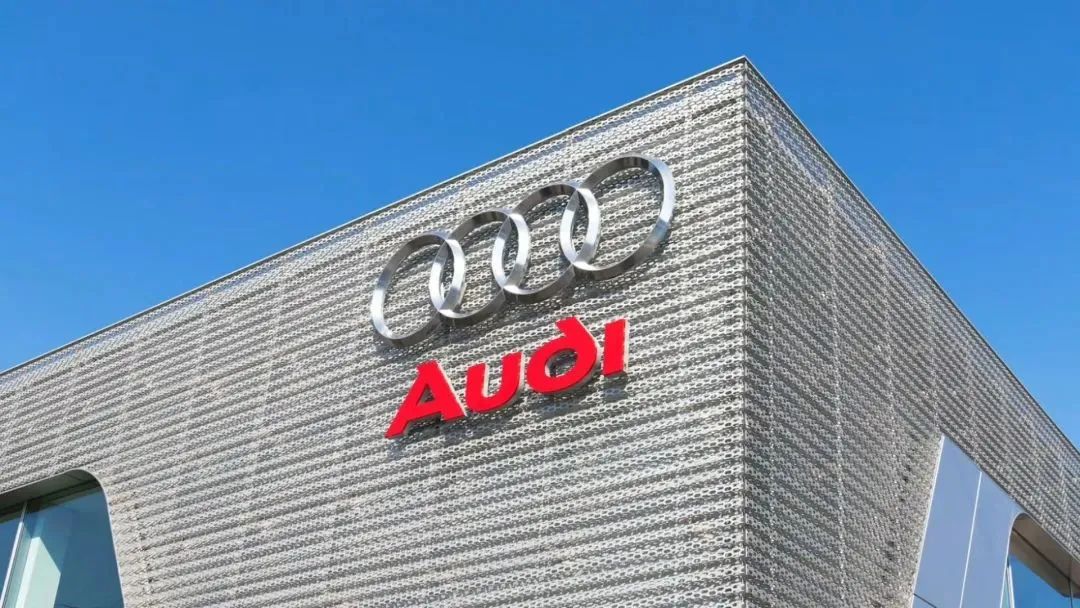
When ideals meet profit statements, only electrification strategies that survive market pressures deserve serious consideration. Audi's turn may lie in recognizing current realities.
However, this does not imply that Audi is abandoning electrification; rather, it acknowledges that the path to electrification cannot be advanced through a one-size-fits-all timeline. In a globally complex and differentiated market, flexible adaptation is more pragmatic than radical innovation.
Why is Audi hitting the brakes now?
Global markets are experiencing uneven growth rates; a single strategy does not apply to all regions.
While China is currently "electricity-focused," the electrification process in Europe, the United States, and emerging markets in the Middle East and Southeast Asia remains relatively slow.
In 2024, the proportion of pure electric vehicles in the United States was less than 10%. Following the gradual withdrawal of subsidy policies in Europe, market growth has slowed significantly, with annual electric vehicle sales falling by more than 27%. In the Middle East, Southeast Asia, Africa, and other regions, due to lagging infrastructure construction and unclear energy structures, the acceptance of electric vehicles remains low.
For a global luxury brand like Audi, betting on the future with a single technology path means actively abandoning a large number of regional markets, effectively ceding half its territory.
In the face of electrification, luxury brands do not yet have the luxury of choosing only one option.
Profit models are still unstable, and ideals alone cannot sustain a business. Although the Q4 e-tron has seen a significant rebound in the Chinese market, Audi's pure electric business has yet to establish a stable profit model.
In 2024, Audi's global sales fell by 11.8% year-on-year, and pure electric vehicle deliveries decreased by 8%, being surpassed by Tesla for the first time. Moreover, due to sluggish sales of the Q8 e-tron and high logistics and production costs, the Volkswagen Group had to close Audi's electric vehicle plant in Brussels.
Compared to Tesla, as well as the Mercedes-Benz EQS and BMW i-series, Audi's pure electric segment still lacks sustainable profitability. Additionally, the issues of high R&D investment and low profit margins for pure electric vehicles have not yet been resolved, and traditional gasoline and PHEV models remain important sources of cash flow for Audi.
Therefore, during the platform transition phase, rashly cutting gasoline business and fully betting on pure electric vehicles may not only impact financial stability but also weaken Audi's brand presence and operational resilience in the mainstream market.
Missed window of opportunity in China.
China was originally one of Audi's strongest markets. However, in the field of new energy, Audi is clearly half a step behind.
In 2025, the Q4 e-tron helped Audi regain some ground, but it mainly focused on the compact electric market below 300,000 yuan. In the 300,000-400,000 yuan and higher price ranges, Audi's brand influence and product strength are still relatively weak.
The reason is that, on the one hand, China's new energy automakers are redefining luxury standards. On the other hand, brands like Huawei and BYD are dominating the market through their technological integration capabilities and product rhythms, while Audi is still in the transition stage from traditional advantages to intelligent electrification.
Currently, there is still a noticeable gap between Audi's technological path for pure electric vehicles in China, its intelligent experience, and user needs. This "rhythm mismatch" not only affects market feedback but also exacerbates the brand's medium- and long-term anxiety.
However, it needs to be emphasized that Audi is not the only one easing up; the coexistence of multiple routes has long been an industry tacit understanding.
Mercedes-Benz announced at the beginning of 2024 that the original target of "achieving full electrification by 2030" had been adjusted to "possible," clearly stating that whether to fully electrify would depend on market conditions and no longer setting a rigid timeline.
Then there's BMW, which, although once questioned by the outside world for its "strategic swing," has always adhered to technology neutrality and never promised to completely abandon gasoline vehicles. While developing the i-series, BMW continues to launch plug-in hybrids and gasoline vehicles, emphasizing that different markets should have different power solutions.
Volvo, while having once announced full electrification by 2030, actually adjusted its electrification goals in 2024. At the same time, it still adopts a combination of multiple power lines globally, with hybrid models still dominating in regions such as Southeast Asia and North America.
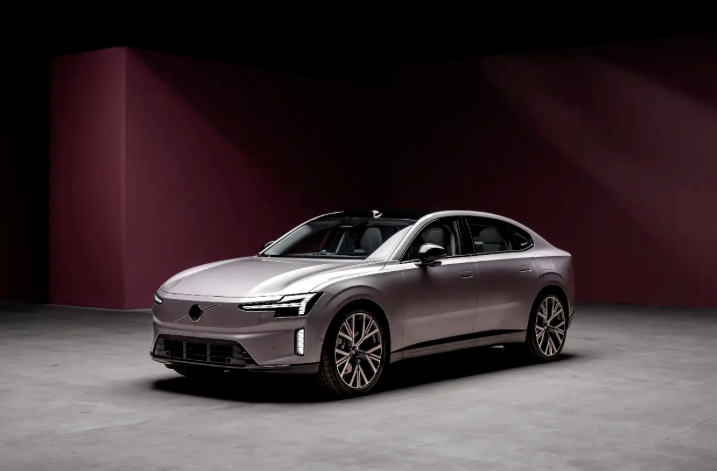
It can be seen that currently, luxury brands have generally transitioned from full electrification to a state where electricity is the main focus while taking into account real-world realities.
Electrification is still the overall direction of the automotive industry, but it is no longer a single-line advancement; rather, it allows for the coexistence of multiple power systems. Audi's top priority is not whether its electrification goals are firm but rather rebuilding the synergy between technology, products, and market dynamics.
Insufficient platform capabilities, and it's difficult to break through with MEB alone.
Currently, most of Audi's main pure electric models are based on the MEB platform and oil-to-electric structures.
As a modular electric vehicle platform developed by the Volkswagen Group, MEB has given birth to the Audi Q4 e-tron series, as well as the Volkswagen ID.4 and Skoda Enyaq, but there are distinctions in design and tuning.
Currently, Audi's existing pure electric models still struggle to compete with domestic new energy automakers and Tesla in terms of space, energy efficiency, and intelligence.
The SSP platform after 2026 will integrate the advantages of PPE and MEB and become the main pure electric platform for the Audi Group in the next decade. If the platform can achieve real breakthroughs in scalability, electronic and electrical architecture, and intelligence levels, Audi may have a new competitive foundation in the second half of electrification.
The PPE platform is an important support for Audi in the 1.5 stage of electrification. The Audi Q6 e-tron and Porsche Macan EV are based on this platform and belong to the "high-end exclusive" category. The SSP platform, on the other hand, is Audi and Volkswagen's ultimate platform for the future, benchmarking Tesla's centralized architecture approach.
For Audi, whether the SSP can be implemented on time and achieve integration in terms of quality, intelligence, and cost efficiency will be key to building its core competitiveness in the new electric cycle.
Product competitiveness still has structural shortcomings.
Being able to enter the racetrack does not mean being able to enter the top three; Audi's pure electric blockbuster has obviously not yet been born.
Previously, Audi's pure electric vehicles faced issues such as unremarkable technology and mismatched prices. However, after the price of the Q4 e-tron dropped to the 300,000 yuan range, it gave a strong boost to Audi's pure electric sales. In May, the monthly sales of the Q4 e-tron exceeded 2,300 units, with a year-on-year increase of 97%.

Although there has been a phased breakthrough in mainstream products, on the whole, Audi's pure electric product layout in the 200,000-300,000 yuan range, where new energy penetration is growing the fastest, is still incomplete, and it is far from a time to relax. After all, this range is already the most fiercely competitive red ocean of new energy, with BYD, NIO, XPeng fiercely competing for a long time, and Huawei and Xiaomi coming on strong. The intensity of competition far exceeds the usual pace of traditional luxury automakers.
Audi plans to launch a new brand "AUDI" and the first localized platform model E5 Sportback in the future. This model is targeted at the Tesla Model 3 and NIO ET5T, aiming directly at the 200,000-300,000 yuan range. However, whether it can break the deadlock remains to be seen.
If Audi can stabilize its brand value and continuously optimize channel experience on the basis of fully benchmarking domestic new energy in terms of intelligence, range, and autonomous driving, then the growth potential of the mainstream pure electric market in the future is still worth looking forward to.
The Chinese market is both a variable and an opportunity.
China is the market with the most aggressive electrification, the most advanced intelligence, and the highest user standards globally. Here, Audi's competitive environment is far more complex than that in Europe and the United States. The current sluggish sales of Audi's electric vehicles in China are exposing mismatches between its product rhythm, intelligent capabilities, and local user needs.
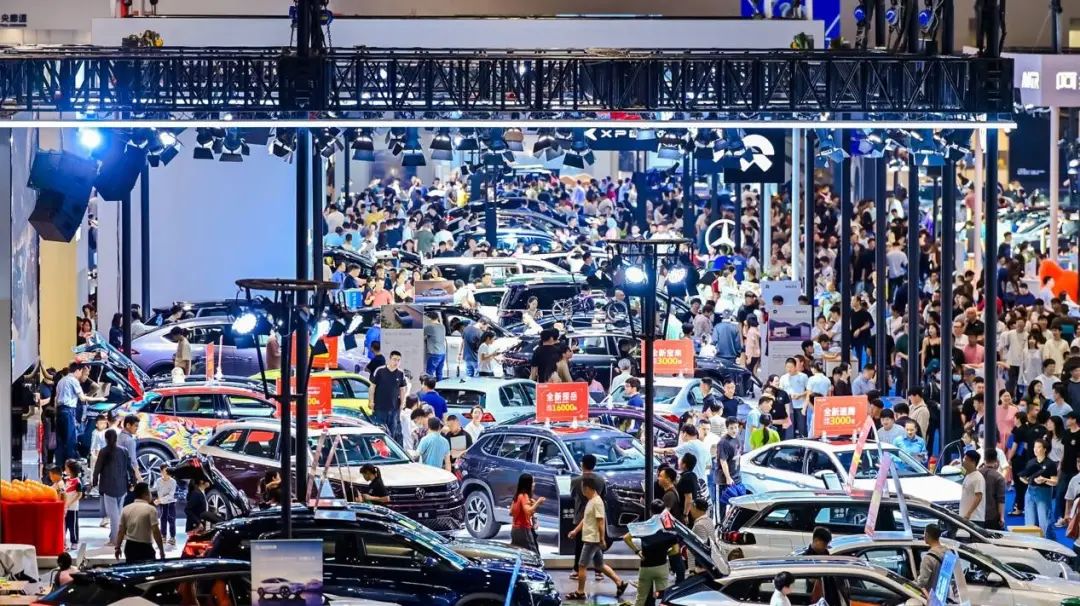
To turn the situation around, Audi must set aside its German superiority and rebuild its local cooperation mindset. From restarting its strategy with SAIC to potentially expanding collaboration with local technology companies in intelligent cockpits and autonomous driving, Audi needs more than just implementation; it needs integration.
Whether Audi can achieve true re-localization – combining German chassis tuning and manufacturing standards with Chinese speed and intelligent ecosystem synergy – will determine the success or failure of Audi's defense of its existing market share and reshaping of incremental growth in China over the next five years.
To put it bluntly, Audi's future lies not in Germany but in whether it dares to integrate into China.
However, there are still a few hidden concerns that warrant attention.
Electrification is a global consensus, and the pace can be adjusted, but whether it is firm will still affect consumers' perception of the brand's prospects.
Currently, compared to BMW and Mercedes-Benz, Audi is relatively weak in both market presence and technical performance in the electric race. Continuing to hesitate in rhythm may cause Audi to lose technological dominance and user trust, especially in the Chinese market, amidst strong electric competitors such as Tesla, BYD, NIO, XPeng, and Li Auto.
Several major markets in Europe and the United States, such as the European Union, the United Kingdom, and the United States (California), have clearly set a ban on the sale of gasoline vehicles around 2035. In terms of time, this is already extremely urgent. If the platform switch and product array update are not completed in advance, it may lead to a comprehensive imbalance in product quality and market rhythm. Moreover, Audi is also tied to Volkswagen's electric ecosystem strategy, making the adjustment of rhythm even more tense.
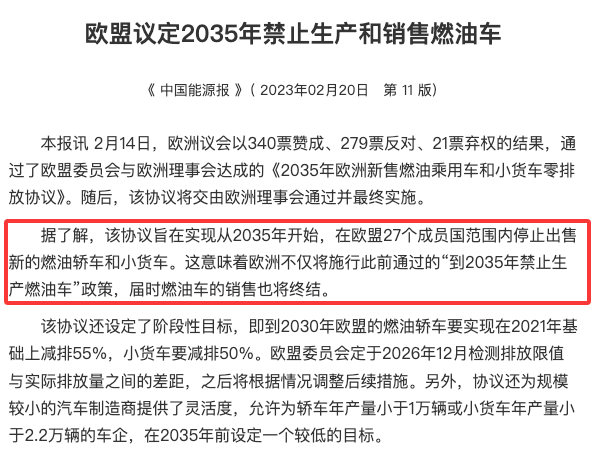
The lack of a clear timeline and roadmap also carries a risk of causing information asymmetry between consumers and dealers, thereby affecting the stability of market expectations.
These hidden concerns are not short-term solvable, but they will determine whether Audi's strategic rhythm adjustment can truly take root and form differentiated advantages. Otherwise, this "rational brake" may also evolve into a precursor to a slowdown in transformation.
On the whole, Audi's current emergency brake may seem like a step backward on the surface, but in reality, it is a deeper calibration of the pace of electrification.
Electrification has never been a race to see who runs the fastest; rather, it is a profound reshaping of the entire business model, technical capabilities, and market structure. Only those who can stabilize have the qualifications to enter the next round of competition.
True luxury is never just a pile of cutting-edge technologies; it is a reverence for rhythm and reality.
The midfield of electrification has begun, and Audi is rediscovering its own rhythm.
Images sourced from the internet, please delete if infringing.

